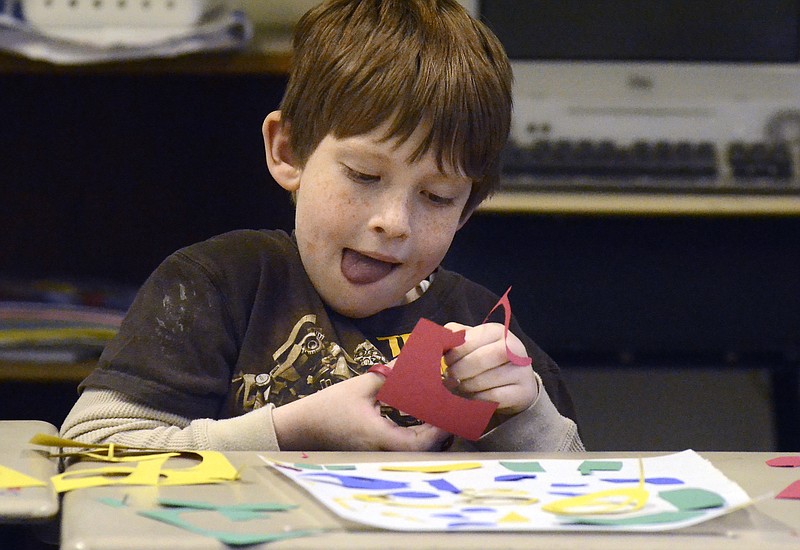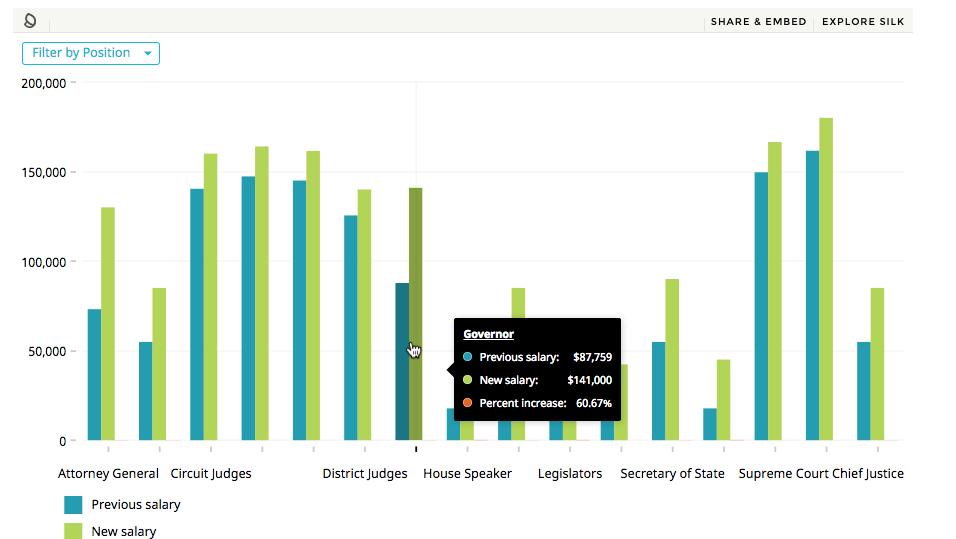LaFAYETTE, Ga. - Forget the macaroni, Elmer's glue and construction paper. Art lessons in Walker County schools have gotten a dose of sophistication.
And they're not just for the art classroom anymore.
Several Walker County teachers spent the first half of the school year finding ways to introduce art into core subject areas such as math and social studies, as well as fostering critical thinking skills into standalone art lessons.
Teachers were trained at Atlanta's High Museum of Art over the summer in a program funded by a Walker County arts patron who didn't want to be named. Teachers, at least one from each Walker County school, learned ways to make connections between pieces of art and other topics being taught in the classroom.
Naomi Elementary School art teacher Shanna Hartline said the program ties art with other subjects such as history, writing and even math.
"We do really authentic artwork and we connect it to something that's relevant," she said. "Everything overlaps. Art is one way to bring it all together."
Historic pieces of art are used to discuss important events and time periods, while students can study angles and symmetry with geometric and abstract art. Some classes have integrated art with writing, having students write essays on certain pieces.
Tammy Ramsey, a Naomi third-grade language arts teacher, said she has integrated art into reading and writing lessons. Students study a piece of art and discuss their impressions and interpretations. They then write about what they believe is happening in a particular painting or drawing and must defend and explain their own ideas.
"It's a refining of perspective, getting them more responsible for their own thinking," Ramsey said.
She gave the example of Leonardo da Vinci's famous Mona Lisa painting. The teacher displays a replica of the work and poses questions about the woman in the portrait.
"Where has she been? Where is she going?" Ramsey said. "You would be amazed at the things they come up with."
The make-believe isn't just for fun, though.
"These are things that they're making up, but it's informed by the content and informed by the piece of art," said Robert Stinson, a Georgia studies teacher at Rossville Middle School.
Since attending the summer workshop in Atlanta, Stinson said he's been more conscious to include art in his social studies courses. In one case, students studied a piece of art, then created collages with newspaper clippings to create the same sense of the original artwork.
"They'll do an interpretation of someone else's interpretive art," Stinson said. "It's taking interpretive art to the next level."
Social studies curriculum is no longer date- and event-specific, he said, but rather based on concepts and themes. Tying in art of certain time periods or from certain topics helps students connect with historical events, Stinson said.
"A student is much more able to make a judgment about something if they're able to identify with a situation," he said. "Art allows students to do that in a way that a lecture can't."
And by engaging higher-level thinking, Stinson said, the art lessons help students learn across all realms.
"Art automatically takes you to the top of the food chain when it comes to cognitive skills," he said.
Michelle Carter, a math teacher at LaFayette Middle School, said she plans to incorporate art into her classroom, especially when she begins geometry lessons in the spring.
She plans to have students make mosaics out of small beads, based on the work of an artist she met in New Orleans.
"We'll do things like 'find the area,' 'figure out how many beads it would take to make one square foot,'" she said. "We'll actually incorporate some mathematical concepts."
Carter, an avid photographer, said she tries to introduce students to new cultures and concepts in her classroom. She plays classical music in the background and displays pictures or artifacts from her own vacations. So introducing students to art concepts seemed like a natural fit, she said.
"I like to go places and explore things that my students have never seen and may have never seen just to get them to expand their world view," she said. "As teachers we should give students opportunities to experience things."

